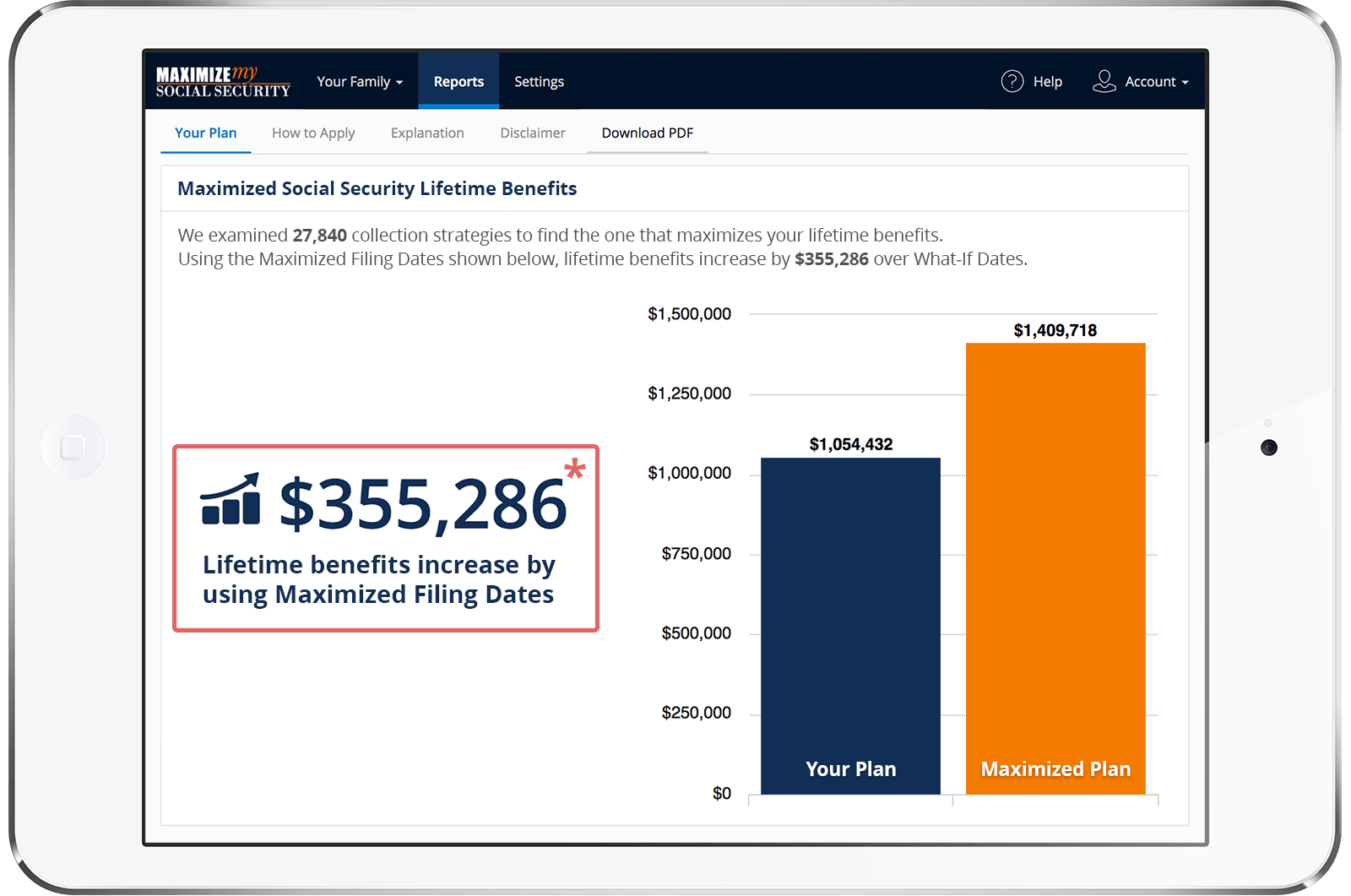Regarding Dec. 30, 2017 posting (https://maximizemysocialsecurity.com/if-i-take-reduced-benefits-my-own-r...).
Jerry, excellent question and reply. I have two follow-up questions. 1) Where did the 82.5 % come from? and, 2) can you post a POMS citation for your procedure and calculations?
Thank you.
Chris
Hi Chris,
When widow's benefits were added to the Social Security Act, they were originally set at an unreduced rate equal to 82.5% of the deceased worker's primary insurance amount (PIA). When the rate was later amended by law to 100% of the worker's PIA, the 82.5% figure was retained as part of the calculation formula used when the deceased worker received reduced retirement benefits (i.e. before full retirement age) prior to his or her death. In such cases, a formula referred to as RIB-LIM (for 'retirement insurance benefit limitation') is used when calculating the widow(er)'s (or surviving divorced spouse's) benefit rate.
Essentially, the RIB-LIM formula provides that a widow(er) can be paid no more than the higher of a) 82.5% of the worker's PIA, b) the worker's full benefit rate inclusive of any rate reduction the worker took for receiving reduced retirement benefits prior to full retirement age (FRA). If the deceased worker didn't receive reduced retirement benefits prior to FRA, then the RIB-LIM formula isn't considered when calculating survivor benefit rates payable on their record. A description of the RIB-LIM formula can be found in the following section of Social Security's operations manual (POMS): https://secure.ssa.gov/apps10/poms.nsf/lnx/0300615320.
Best, Jerry
